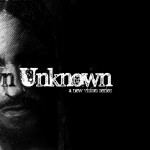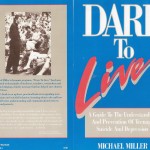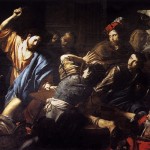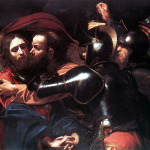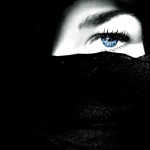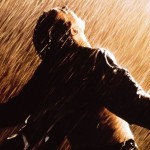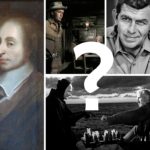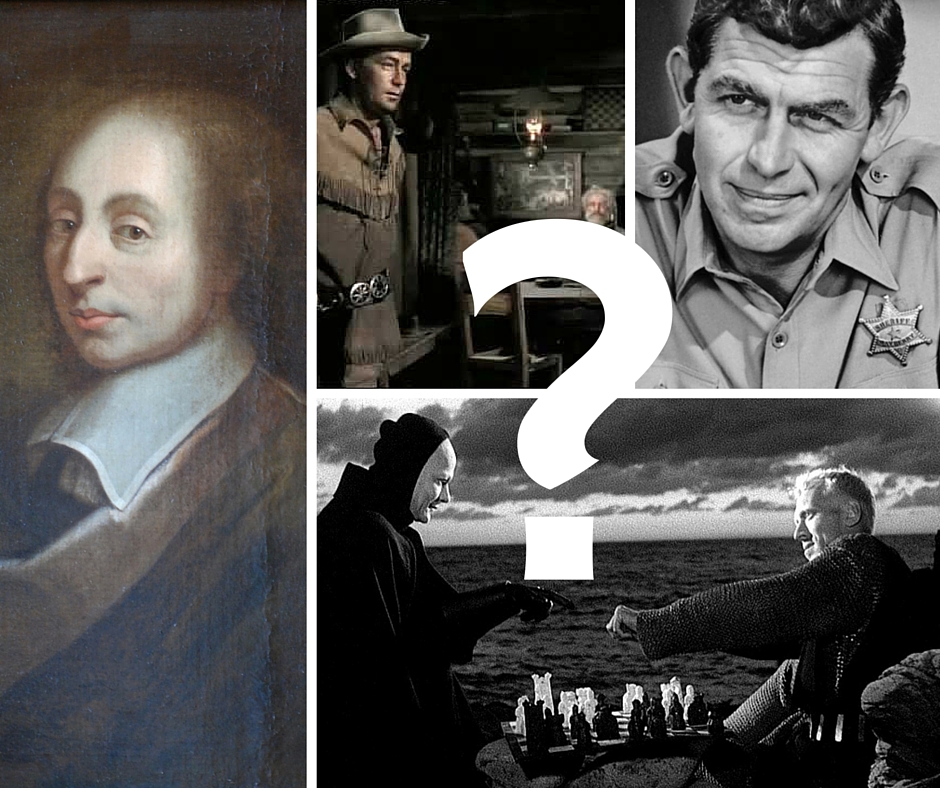It’s been a few years since I read the seven books in the Chronicles of Narnia to my kids. But my kids recently sat down and started watching the movies. I can’t tell you how bad they botched Prince Caspean. Narnia is a world of child’s imagination that is spiritually analogous to our own. C.S. Lewis wrote the seven books between 1949 and 1954. Lewis talked about how he came to write the books of Narnia, saying that they “all began with a picture of a Faun carrying an umbrella and parcels in a snowy wood” in around 1939. He originally got the idea for the The seven books follow the adventures of several groups of children most prominently being the four peveinse children, lucy, edmond, susan and peter. The Lion the witch and the wardrobe the first published in that world that they have stubbled upon.
School’s out for summer
School’s out forever
School’s been blown to pieces
No more pencilsNo more booksNo more teacher’s dirty looks
At least four books in C. S. Lewis’ Chronicle of Narnia form pairs. The Magicians Nephew and the Last Battle, books six and seven, are about the creation and apocalypse of Narnia. The Voyage of the Dawn Treader and the Silver Chair, books three and four, are about the quest for heaven and the escape from hell.
It should not come as a surprise than to find that C. S. Lewis originally saw his first and second books as a pair. The Horse and His boy, book five, is clearly the odd man out, having no children coming to Narnia from our world, and taking place during the reign of Peter, Edmond, Lucy. So what exactly is the relationship between the Lion, the Witch and the Wardrobe and Prince Caspean?
I believe C. S. Lewis originally conceived of Prince Caspian as a Second Coming and should be read as such.
The lion the Witch and the Wardrobe is about Aslan’s redemption of Narnia from the curse of the White Witch through his arrival in Narnia, death and resurrection.
Prince Caspian takes place 1300 years after the events of the Lion, the Witch and the Wardrobe. In the mean time pirates from the world of men have colonized Narnia, sending the wild creatures of the wood into hiding. The Talmerans deny the true stories of narnia and educate children in there own ways. The return of the children, the once great kings and queens of Narnia, to Narnia coincides with Aslan’s own return which overturns the Talmereans industrial world and frees these “mythical” creatures from hiding. In essence Prince Caspean has a similar theme to one running through J. R. R. Tolkien’s Lord of the Rings. Where Sauron cuts down the trees and dams up the river by imposing his industrial reshem for war and its the trees who eventually fight back.
It appears Prince Caspean is originally is the second coming.
That leaves three books left. And I think the first two are also meant to be grouped together
Redemption and Return
- The Lion, the Witch and the Wardrobe (Redemption)
- Prince Caspane
The Holiday
Early that morning, after a few hours’ sleep, the girls had waked, to see Aslan standing over them and to hear his voice saying, “We will make holiday.” They rubbed their eyes and looked round them. The trees had all gone but could still be seen moving away toward Aslan’s How in a dark mass. Bacchus and the Maenads – his fierce, madcap girls – and Silenus were still with them. Lucy, fully rested, jumped up. Everyone was awake, everyone was laughing, flutes were playing, cymbals clashing. Animals, not Talking Animals, were crowding in upon them from every direction.
“What is it, Aslan?” said Lucy, her eyes dancing and her feet wanting to dance.
“Come, children,” said he. “Ride on my back again today.”
“Oh, lovely!” cried Lucy, and both girls climbed onto the warm golden back as they had done no one knew how many years before. Then the whole party moved off – Aslan leading, Bacchus and his Maenads leaping, rushing, and turning somersaults, the beasts frisking round them, and Silenus and his donkey bringing up the rear.
The Bridge
They turned a little to the right, raced down a steep hill, and found the long Bridge of Beruna in front of them. Before they had begun to cross it, however, up out of the water came a great wet, bearded head, larger than a man’s, crowned with rushes. It looked at Aslan and out of its mouth a deep voice came.
“Hail, Lord,” it said. “Loose my chains.”
“Who on earth is that?” whispered Susan.
“I think it’s the river-god, but hush,” said Lucy.
“Bacchus,” said Aslan. “Deliver him from his chains.”
“That means the bridge, I expect,” thought Lucy. And so it did. Bacchus and his people splashed forward into the shallow water, and a minute later the most curious things began happening. Great, strong trunks of ivy came curling up all the piers of the bridge, growing as quickly as a fire grows, wrapping the stones round, splitting, breaking, separating them. The walls of the bridge turned into hedges gay with hawthorn for a moment and then disappeared as the whole thing with a rush and a rumble collapsed into the swirling water. With much splashing, screaming, and laughter the revelers waded or swam or danced across the ford (“Hurrah! It’s the Ford of Beruna again now!” cried the girls) and up the bank on the far side and into the town.
The Girls School
Everyone in the streets fled before their faces. The first house they came to was a school: a girl’s school, where a lot of Narnian girls, with their hair done very tight and ugly tight collars round their necks and thick tickly stockings on their legs, were having a history lesson. The sort of “History” that was taught in Narnia under Miraz’s rule was duller than the truest history you ever read and less true than the most exciting adventure story.
“If you don’t attend, Gwendolen,” said the mistress, “and stop looking out of the window, I shall have to give you an order-mark.”
“But please, Miss Prizzle–” began Gwendolen.
“Did you hear what I said, Gwendolen?” asked Miss Prizzle.
“But please, Miss Prizzle,” said Gwendolen, “there’s a LION!”
“Take two order-marks for talking non-sense,” said Miss Prizzle. “And now–” A roar interrupted her. Ivy came curling in at the windows of the classroom. The walls became a mass of shimmering green, and leafy branches arched overhead where the ceiling had been. Miss Prizzle found she was standing on grass in a forest glade. She clutched at her desk to steady herself, and found that the desk was a rose-bush. Wild people such as she had never even imaged were crowding round her. Then she saw the Lion, screamed and fled, and with her fled her class, who were mostly dumpy, prim little girls with fat legs. Gwendolen hesitated.
“You’ll stay with us, sweetheart?” said Aslan.
“Oh, may I? Thank you, thank you,” said Gwendolen. Instantly she joined hands with two of the Maenads, who whirled her round in a merry dance and helped her take off some of the unnecessary and uncomfortable clothes that she was wearing.
The Whipping Boy
Wherever they went in the little town of Beruna it was the same. Most of the people fled, a few joined them. When they left the town they were a larger and a merrier company.
They swept on across the level fields on the north bank, or left bank, of the river. At every farm animals came out to join them. Sad old donkeys who had never known joy grew suddenly young again; chained dogs broke their chains; horses kicked their carts to pieces and camp trotting along with them–clop-clop–kicking up the mud and whinnying.
At a well in a yard they met a man who was beating a boy. The stick burst into flowers in the man’s hand. He tried to drop it, but it stuck to his hand. His arm became a branch, his body a trunk of a tree, his feet took root. The boy, who had been crying a moment before, burst out laughing and joined them.
The Teacher
At a little town half-way to Beaversdam, where two rivers met, they came to another school, where a tired-looking girl was teaching arithmetic to a number of boys who looked very like pigs. She looked out of the window and saw the divine revelers singing up the street and a stab of joy went through her heart. Aslan stopped right under the window and looked up at her.
“Oh, don’t, don’t,” she said. “I’d love to. But I mustn’t. I must stick to my work. And the children would be frightened if they saw you.”
“Frightened?” said the most pig-like of the boys. “Who’s she talking to out of the window? Let’s tell the inspector she talks to people out of the window when she ought to be teaching us.”
“Let’s go and see who it is,” said another boy, and they all came crowding to the window. But as soon as their mean little faces looked out, Bacchus gave a great cry of Euan, euoi-oi-oi-oi and the boys all began howling with fright and trampling one another down to get out of the door and jumping out of the windows. And it was said afterward (whether truly or not) that those particular little boys were never seen again, but that there were a lot of very fine little pigs in that part of the country which had never been there before.
“Now, Dear Heart,” said Aslan to the Mistress: and she jumped down and joined them.







